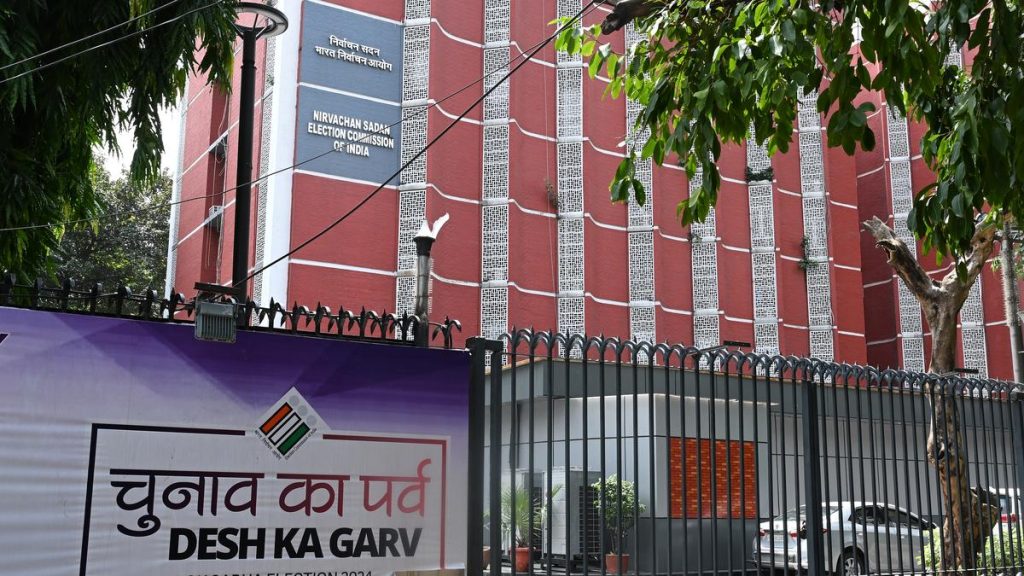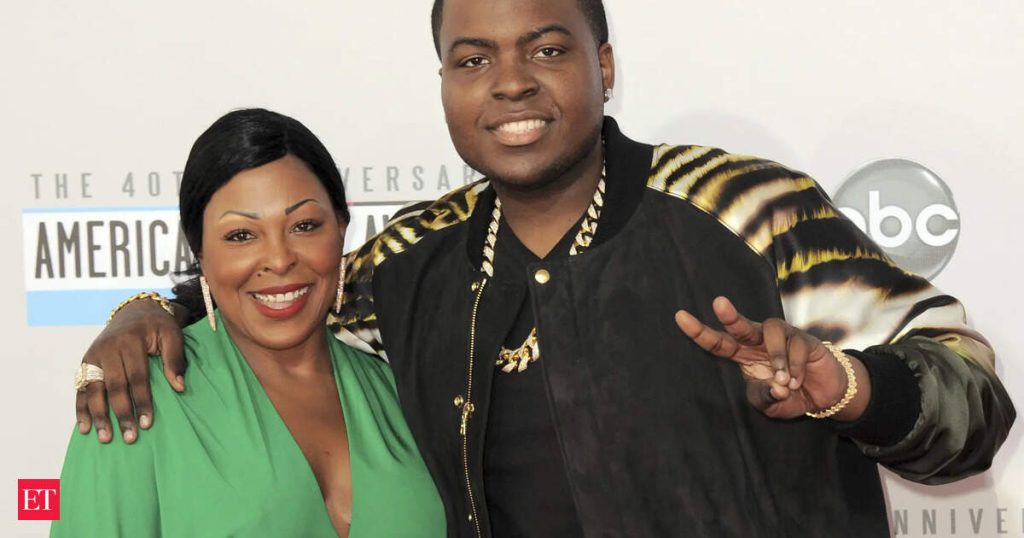Now Reading: Myth-Inspired Medical Conditions: 10 Fascinating Names Explained
-
01
Myth-Inspired Medical Conditions: 10 Fascinating Names Explained
Myth-Inspired Medical Conditions: 10 Fascinating Names Explained

Fast Summary
- The article explores 10 medical conditions named after mythical creatures, using legends as metaphors for rare physical adn psychological disorders.
- werewolf Syndrome (Hypertrichosis): Causes abnormal hair growth due to genetic mutations; historically linked to sideshows and circuses. Less than 100 cases worldwide.
- Vampirism (Renfield’s Syndrome): A psychiatric condition marked by compulsive blood consumption; inspired by Bram Stoker’s Dracula. lacks formal recognition in DSM-5.
- Mermaid Syndrome (Sirenomelia): A congenital defect resulting in fused limbs resembling a mermaid tail, affecting approximately 1 in 100,000 births. Highly fatal with rare survivors.
- Alice in Wonderland Syndrome: neurological distortions causing surreal perceptions of size and time, triggered by migraines or epilepsy. Named after Lewis Carroll’s fictional tale.
- Harlequin Ichthyosis: Genetic disorder causing thickened skin resembling armor plates; modern care has extended survival for affected infants into adulthood in rare cases.
- Ondine’s Curse: Congenital hypoventilation syndrome halting automatic breathing during sleep; linked to the PHOX2 B gene mutation and mythology of a water nymph’s curse.
- moebius Syndrome: Paralysis of cranial nerves leading to frozen facial expressions likened to Medusa from Greek mythology.Impedes emotional expression and communication.
- Proteus Syndrome: Asymmetrical overgrowth linked to mosaic mutations; associated with joseph Merrick (“Elephant Man”) due to dramatic visual symptoms altering identity perception.
- Cyclopia: Rare defect where fetuses develop one eye due to holoprosencephaly; a grim diagnosis tied metaphorically to Cyclops legends throughout history.
- St. Vitus’ Dance: Rapid involuntary muscle movements post-strep infection connected historically with medieval mass dancing phenomena attributed to curses or divine punishment.
Indian Opinion analysis
The article highlights how mythological imagery acts as an accessible bridge between science and public understanding. By naming conditions after legendary creatures, medical communities have added narrative appeal but sometimes obscured the clinical complexities underneath these evocative labels.
For India,which continues striving toward greater public health literacy amidst cultural diversity,such storytelling can foster engagement while demystifying rare disorders like Harlequin Ichthyosis or Sirenomelia frequently enough overlooked due to their rarity. Increased awareness could drive research initiatives benefiting global efforts tackling genetic anomalies through better diagnostics while concurrently addressing stigma around visible disabilities such as Moebius syndrome.Moreover, recognizing myths tied historically-like Cyclopia being labeled divine punishment-could be essential for regions struggling with superstition-based healthcare resistance during prenatal diagnoses involving congenital disabilities.
Ultimately managing societal interpretation alongside advancing science remains critical toward balancing empathy alongside early intervention-focused care infrastructure across all strata improving both outcomes nationally globally bridging folklore pathways empowerment-science elegantly nuanced metrics shared education reflective transfer lessons elsewhere.
Read More
























